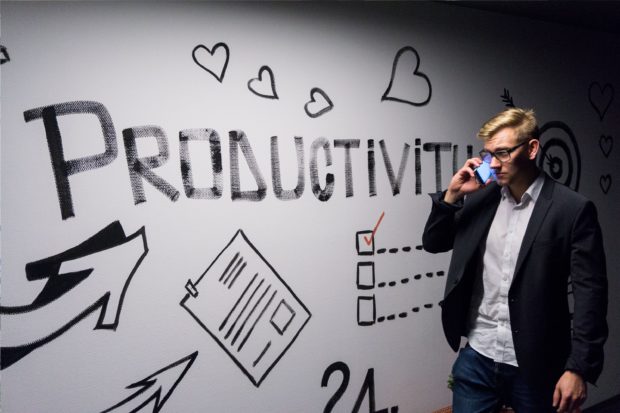Why Companies Need a “Return on Energy”

As Beyonce recently pointed out, so many workplaces are breaking the soul of employees and pushing them to explore other options. What these companies don’t understand is that there is a way that they can keep employees (and as a result clientele) happy. Many organizations create wellness initiatives to mask the real problem. The workforce at large is overworked, underequipped and rarely compensated fairly. These are all massive stressors. You can have all the mental health support in the world and it doesn’t fix the issues at hand: the individual feeling valued.
So what should be the focus?
We should be looking at the “Return on Energy”.
Return on energy is the idea that energy spent has value. Companies should be measuring this to understand the toll an output has on their human capital. People do not have an infinite amount of energy to expend which means there must be a value placed on their energy relative to the thing they are using it on. Think about the time spent in meetings, number of emails, drafts of presentations and the toll it takes on an employee. But also, (and likely more important) the number of moments that elicit epiphanies, connections deepened and even innovations uncovered – the more motivating moments. There is a diminishing return when the toll outweighs the motivation. That is where we need to be looking versus an EOY result.
“One of the ways we work with organizations is to improve the employee experience through creating moments where employees can connect deeper with the company’s mission, foster inspiration and boost innovation. Shared experiences are proven to increase self-esteem and decrease depression, anxiety and isolation — something the past two years has fueled heavily. If the great resignation is telling us anything, it’s that companies are missing the mark on understanding their employees right now.“
Everyone has a breaking point, albeit that point is different for everyone. In order to allow space for an employee to feel valued, the energy output by the employee has to match the energy expected by the employer. I remember the moment the scales tipped prompting me to leave corporate America – it was when I gave all I had, didn’t feel like I was making enough of a difference for the effort and was still expected to do more.

I’ve been on the strategy side of events for many years exploring the intersection of design thinking and the psychology of experience. Understanding more about the humans we design for, their motivations, their mindsets and their emotions has opened my eyes to the impact of an experience. While the methodologies I’ve created to design experiences have focused on my client’s customers, I realized how it’s just as important to design experiences for my client’s employees using the same fundamental principles. It all starts with knowing who you are designing for: it was designing moments for me during the end of my tenure at a publicly traded company.
What does it look like in action?
In action, the first step should be showing your employees you value them. It is a way of exercising personalization in the workplace. It’s an indicator for potential burnout of top talent, as well as overall culture and workplace improvements. Mindsets and emotions are real in the workplace and a variable to growth for every employer. While work is a transaction – output for money – it’s affected by a lot of outside variables. Having a pulse on a few key metrics like hours spent in meetings and number of emails in a day versus how someone is feeling (their emotion) could help employers understand where potential vulnerabilities lie in the overall employee experience.
This guest post was authored by Robyn Duda
Robyn is an award-winning event strategist, experience designer and thought-leader who has created event strategies for some of the most recognized brands in the world including Coca-Cola, Spotify, Visa and IBM. Known for thinking different and creating bold change, her work inspires, innovates and harnesses growth for her clients.
She is the founder of RDC, an event management firm, and the Change the Stage Initiative which looks to elevate underrepresented voices in events. Prior to her entrepreneurial adventures, Robyn was an executive at event giant UBM (now Informa) leading and reinventing experience design across the world. With a vision for reinventing the future of experience in ways that lead to long term success, Robyn has been requested to speak all over the world.
*******
Ms. Career Girl strives to provide valuable insights you can use. To see more from our columnists and guest authors, check these out! Or subscribe to our weekly email featuring our latest articles. We’re also present on Medium!

